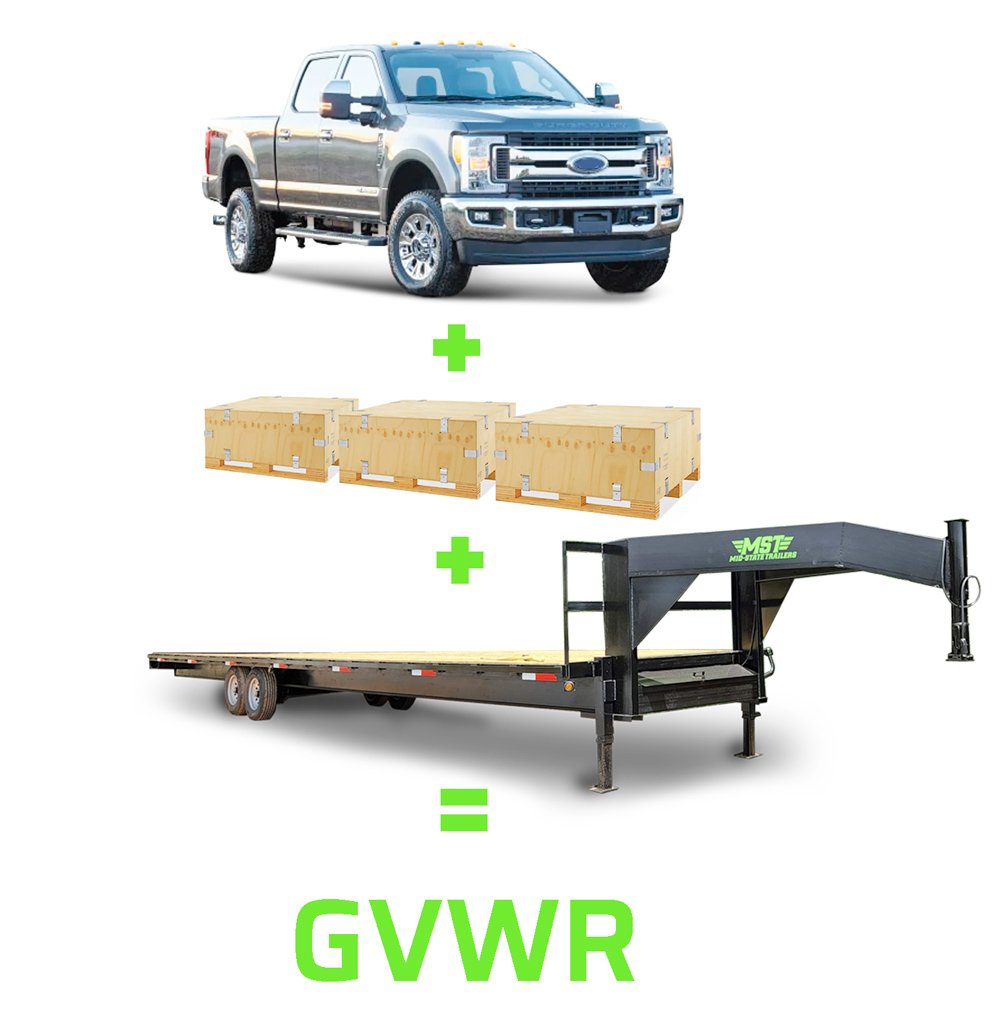Derating a trailer involves adjusting its weight capacity to ensure safe towing. To do this, you need to follow specific guidelines and calculations to determine the appropriate derating level for your trailer. By derating correctly, you can prevent overloading and potential accidents on the road. Understanding how to derate a trailer is crucial for maintaining safety and compliance with towing regulations. Let’s dive into the steps required to derate your trailer effectively.
How to Derate a Trailer
Welcome, young adventurers! Today, we are going to delve into the exciting world of trailers and learn all about derating them. Derating a trailer involves adjusting its weight capacity to make sure it is safe and compliant with regulations. So, grab your thinking caps, and let’s get started on this fun and informative journey!
Understanding Trailer Derating
Before we dive into the nitty-gritty details of derating a trailer, let’s first understand what it means. Derating a trailer is the process of reducing the maximum weight capacity of the trailer to ensure it is operating safely within legal limits. This is essential to prevent accidents, protect the trailer from damage, and comply with regulations.
Importance of Derating a Trailer
Derating a trailer is crucial for several reasons. Firstly, it helps prevent overloading, which can lead to accidents and damage to the trailer. By derating the trailer, you ensure that it can safely carry the intended load without putting undue stress on its components.
Secondly, derating a trailer ensures compliance with weight regulations set by authorities. Different regions have specific rules regarding the maximum weight a trailer can carry, and derating helps you stay within these limits to avoid penalties and fines.
Steps to Derate a Trailer
Step 1: Determine the Trailer’s Maximum Capacity
The first step in derating a trailer is to know its original maximum weight capacity. This information is usually provided by the manufacturer and can also be found on the trailer’s documentation or identification plate.
Once you have identified the trailer’s maximum capacity, you can move on to the next step of calculating the optimal weight limit for derating.
Step 2: Calculate the Optimal Weight Limit
To calculate the optimal weight limit for derating, consider factors such as the trailer’s structural integrity, axle capacity, suspension system, and braking capabilities. It’s essential to ensure that the trailer can safely handle the intended load without exceeding its new weight limit.
Consulting with a professional or referring to weight capacity charts can help you determine the appropriate weight limit for derating your trailer.
Step 3: Adjust the Trailer’s Weight Capacity
Once you have calculated the optimal weight limit, it’s time to adjust the trailer’s weight capacity accordingly. This may involve upgrading certain components, such as the axles, suspension system, or tires, to handle the new weight limit safely.
Make sure to follow manufacturer guidelines and consult with experts to ensure the derating process is done correctly and effectively.
Tips for Safe Trailer Derating
Here are some additional tips to ensure a safe and successful trailer derating process:
Regular Maintenance
Keeping your trailer well-maintained is essential for safe operation. Regularly inspecting and servicing the trailer’s components can help prevent issues that may compromise its weight capacity.
Proper Loading
When loading your trailer, make sure to distribute the weight evenly to prevent overloading specific areas. This helps maintain the trailer’s balance and stability while on the road.
Professional Assistance
If you’re unsure about derating your trailer or need expert advice, don’t hesitate to seek help from professionals. They can provide guidance and assistance to ensure the derating process is done correctly.
And there you have it, young adventurers! You’ve learned all about how to derate a trailer and why it’s crucial for safe and legal operation. By following the steps outlined in this guide and implementing the tips provided, you can ensure that your trailer is operating at its optimal weight capacity. Remember, safety always comes first when it comes to trailers, so derate responsibly and enjoy your journeys with peace of mind!
How to DOWN RATE a gooseneck trailer
Frequently Asked Questions
How can I properly derate a trailer?
To derate a trailer, you should first identify the maximum weight capacity it is designed to carry. Then, calculate the percentage of weight reduction needed based on the derating requirements. Next, remove any unnecessary items or redistribute the load to reduce the overall weight on the trailer. Always consult the manufacturer’s guidelines and ensure the derating process is done safely and effectively.
What are the key considerations when derating a trailer?
When derating a trailer, it is crucial to consider the safety implications of reducing its weight capacity. Make sure to follow the regulations and guidelines provided by the authorities. Additionally, assess the impact of derating on the trailer’s stability, braking performance, and overall handling characteristics. Properly documenting the derating process and any modifications made is also essential.
Is it necessary to consult a professional when derating a trailer?
While derating a trailer may seem straightforward, it is recommended to consult a professional or an experienced technician, especially if you are unsure about the process. Professionals can offer valuable insights, ensure that the derating is done correctly, and help you comply with any legal requirements or safety standards. Safety should always be the top priority when modifying a trailer’s weight capacity.
Final Thoughts
To derate a trailer, first, identify the maximum weight capacity. Next, consider the load distribution and adjust the weight accordingly. Lastly, ensure proper tire pressure and maintenance to prevent overloading. Derating a trailer is crucial for safe towing and prolonging the lifespan of the vehicle.







